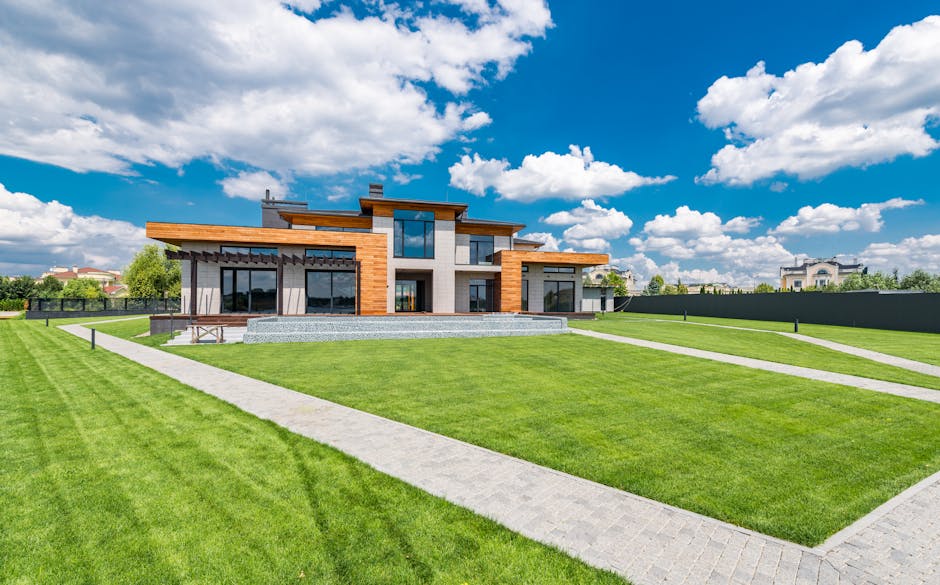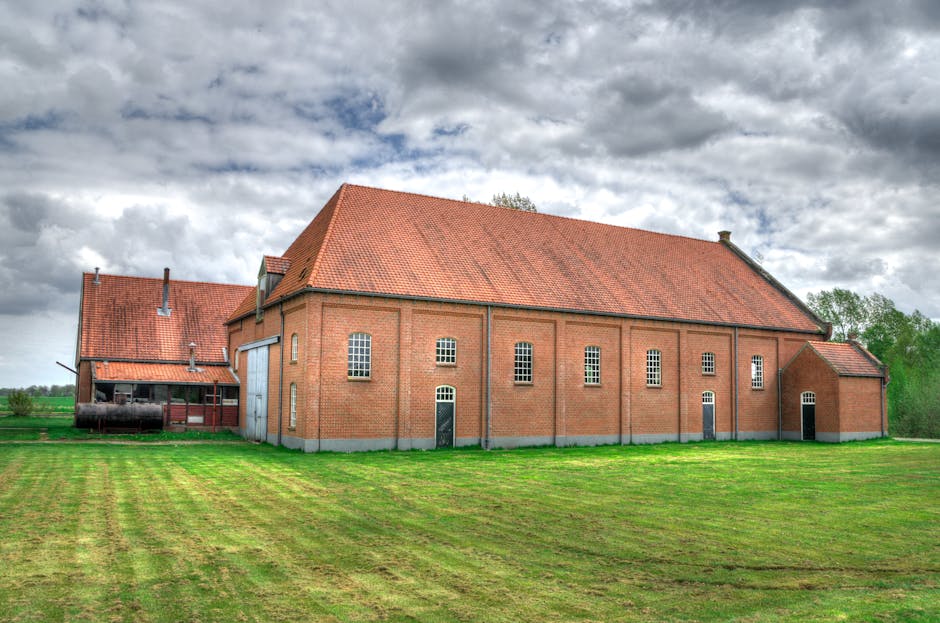Exploring Photography Trends in Real Estate: A Comprehensive Guide
As technology continues to evolve, the real estate industry is not immune to its impact. One of the most significant changes in recent years has been the adoption of photography trends to showcase properties in the best possible light. In this article, we will delve into the world of photography trends in real estate, exploring the various techniques, tools, and strategies that are shaping the way properties are marketed and sold. From aerial photography to virtual tours, the use of visuals has become essential in capturing the attention of potential buyers and setting properties apart in a competitive market.
The Rise of Visual Content
In a digital age where attention spans are shorter than ever, visual content has become a powerful tool for conveying information quickly and effectively. When it comes to real estate, high-quality photography has the ability to draw in potential buyers, creating an emotional connection with a property before they even step foot inside. As a result, real estate agents and photographers are constantly seeking new ways to showcase properties in the best light, using innovative techniques and technologies to create stunning visuals that stand out in a crowded marketplace.
Aerial Photography and Drone Technology
One of the most significant photography trends in real estate is the use of aerial photography, made possible by advancements in drone technology. Aerial photos provide a unique perspective of a property, allowing potential buyers to see the layout of the land, the surrounding neighborhood, and the overall size and scope of the property. By capturing images from above, real estate agents can showcase a property in a way that traditional ground-level photos simply cannot match.

By Max Vakhtbovycn via Pexels
Virtual Tours and 3D Imaging
Another trend that is gaining popularity in the real estate industry is the use of virtual tours and 3D imaging. Virtual tours allow potential buyers to explore a property from the comfort of their own home, providing a 360-degree view of each room and allowing them to move through the space as if they were actually there. This technology not only saves time for both buyers and sellers but also gives a more immersive experience, allowing buyers to get a better sense of the flow and layout of a property.

By Matthis Volquardsen via Pexels
Professional Staging and Styling
In addition to using advanced photography techniques, many real estate agents are also investing in professional staging and styling services to make properties more appealing to potential buyers. By carefully selecting furniture, decor, and accessories that complement the style of a home, agents can create a cohesive and inviting look that resonates with buyers. Professional staging can help buyers envision themselves living in the space, making it easier for them to see the potential of a property and ultimately make a purchasing decision.
Social Media Marketing
With the rise of social media platforms like Instagram, Facebook, and Pinterest, real estate agents are leveraging these channels to showcase properties to a broader audience. By sharing high-quality photos and videos of listings, agents can attract the attention of potential buyers who may not have found the property through traditional channels. Social media also allows agents to engage with followers, answer questions, and provide additional information about properties in a more interactive and personalized way.

By Madelyn Emery via Pexels
Emerging Trends in Real Estate Photography
As technology continues to advance, new trends in real estate photography are constantly emerging. One such trend is the use of virtual reality (VR) and augmented reality (AR) to create immersive experiences for potential buyers. VR technology allows users to explore a property in a fully interactive 3D environment, while AR overlays digital information onto the real world, providing additional details and context about a property.
Another emerging trend is the use of video walkthroughs and live streaming to showcase properties in real-time. By giving potential buyers a live tour of a property, agents can answer questions, provide additional information, and create a sense of urgency that can lead to a quicker sale. Video content is also highly shareable, making it a valuable tool for reaching a wider audience and generating more interest in a property.
Expert Opinions
We reached out to several experts in the real estate industry to get their take on photography trends in the current market. According to John Smith, a top real estate agent in New York City, “High-quality photography is no longer a luxury in the real estate industry it’s a necessity. In a competitive market, properties need to stand out from the crowd, and great photos are the best way to make a memorable first impression.” Sarah Johnson, a professional photographer specializing in real estate, adds, “Using advanced techniques like aerial photography and virtual tours can help agents showcase properties in a way that resonates with buyers and ultimately leads to a quicker sale.”
Conclusion
To wrap things up, photography trends in real estate are constantly evolving, driven by advancements in technology and changing consumer preferences. From aerial photography and virtual tours to social media marketing and emerging technologies like VR and AR, the use of visuals has become essential in the selling process. By staying ahead of the curve and embracing new trends, real estate agents can create a competitive edge, attract more buyers, and ultimately sell properties faster and at a higher price. As the industry continues to evolve, it’s clear that high-quality photography will remain a cornerstone of successful real estate marketing for years to come.

By Skitterphoto via Pexels




